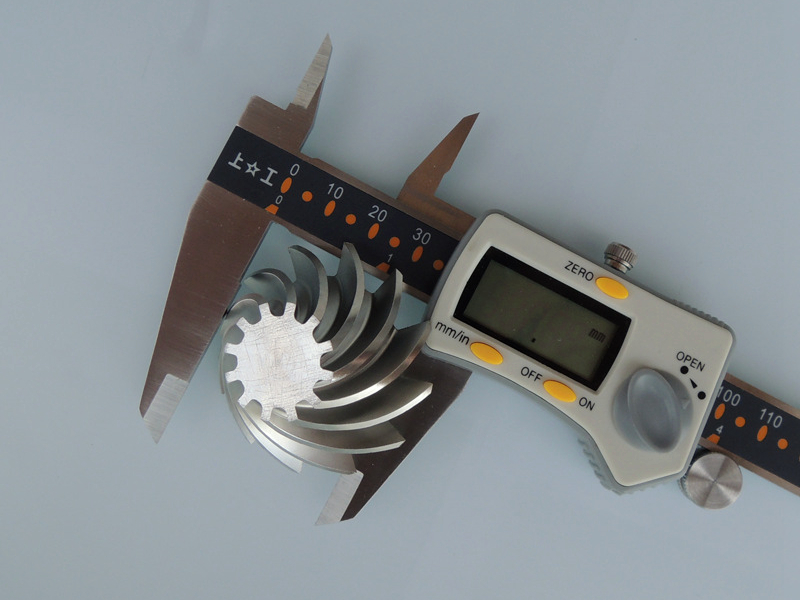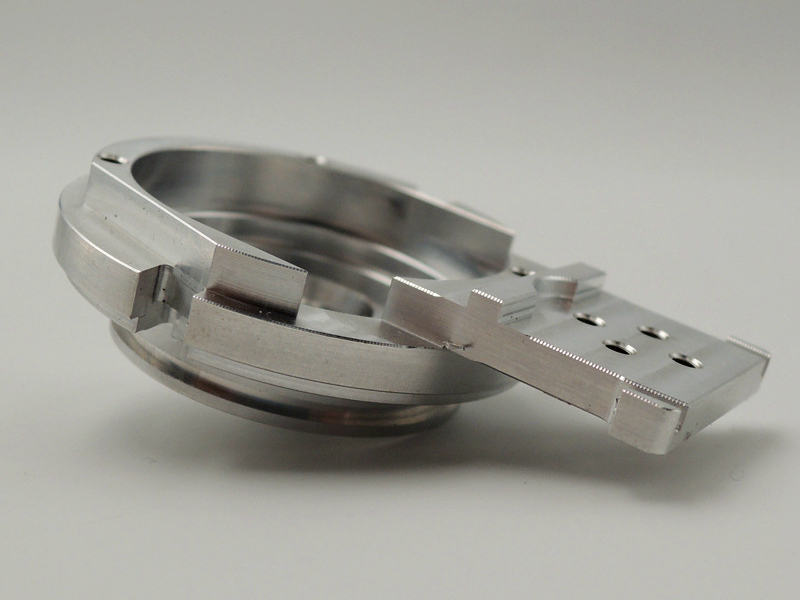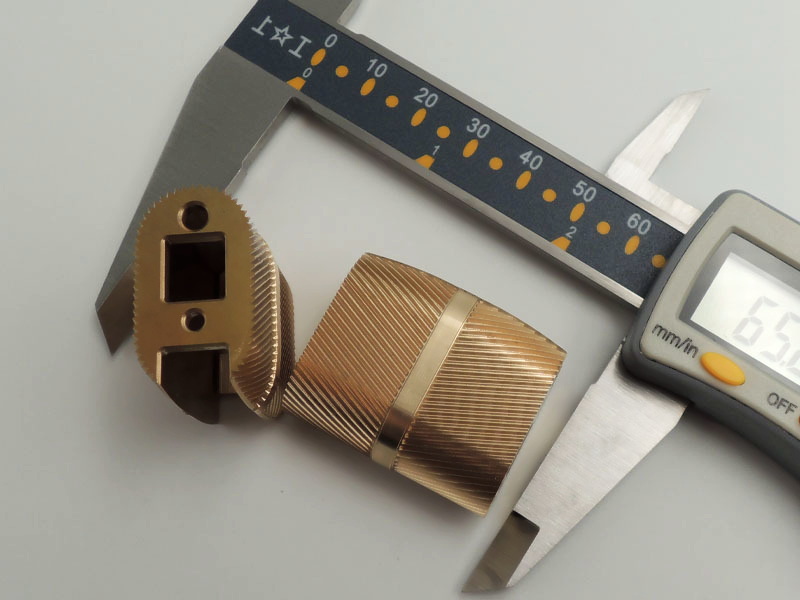Can I use the same material for prototyping and final production?
Can I Use the Same Material for Prototyping and Final Production?
Yes, but It Depends on Project Objectives
Using the same material for both prototyping and final production is often beneficial, especially when the prototype must simulate the real-world performance of the final part. However, the decision depends on functionality, cost, production method, and material availability.
When to Use the Same Material
Functional Prototypes: If your prototype must undergo mechanical testing (e.g. strength, thermal resistance, or wear), it’s best to use the same production-grade material such as Aluminum 6061, Stainless Steel 304, or Titanium Ti-6Al-4V.
High-Accuracy Fit and Assembly: If the part interfaces with other components, keeping material properties consistent (density, thermal expansion, machining tolerances) prevents issues in the final product.
Regulatory Requirements: Industries like medical devices or aerospace often mandate full lifecycle traceability, including material certification from prototype to production.
When to Use Different Materials
Concept Prototypes: For early-stage validation of geometry or appearance, cost-saving materials like ABS plastic or brass may be suitable. These materials are faster to machine and less expensive than titanium or Inconel.
Budget Constraints: If the final material is expensive or hard to machine (e.g., Inconel 718), an initial prototype may use aluminum to validate geometry before full-scale production.
Neway’s Material Strategy for Prototyping and Production
At Neway, we offer both CNC prototyping and mass production services using consistent material supply chains. Our engineering team advises clients on when to match materials and when substitutions are acceptable, ensuring accuracy, cost control, and performance validation at every stage.
Explore related services:



